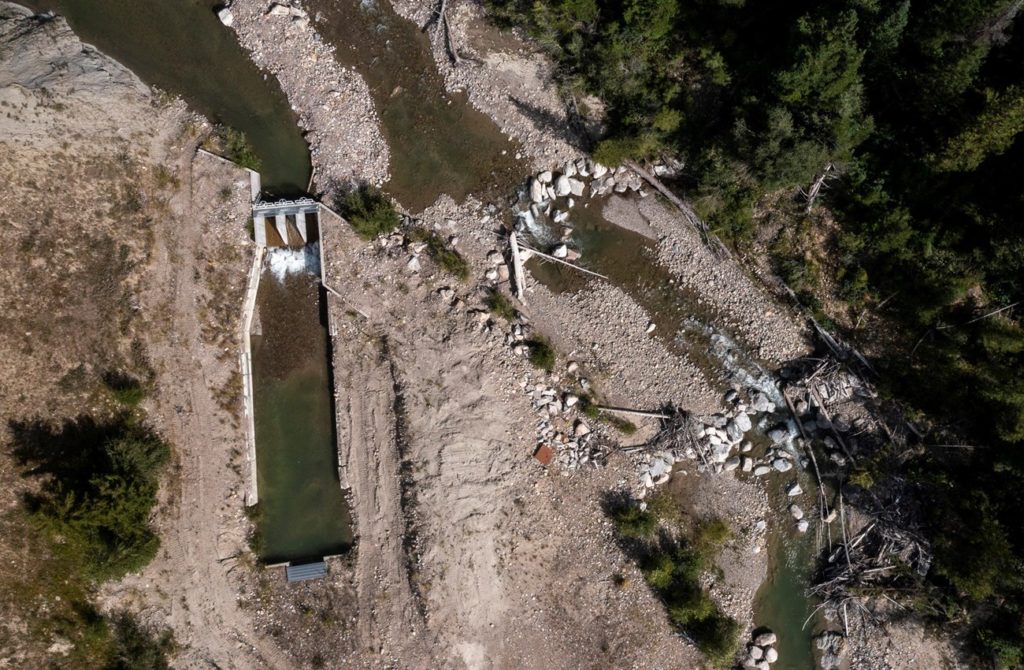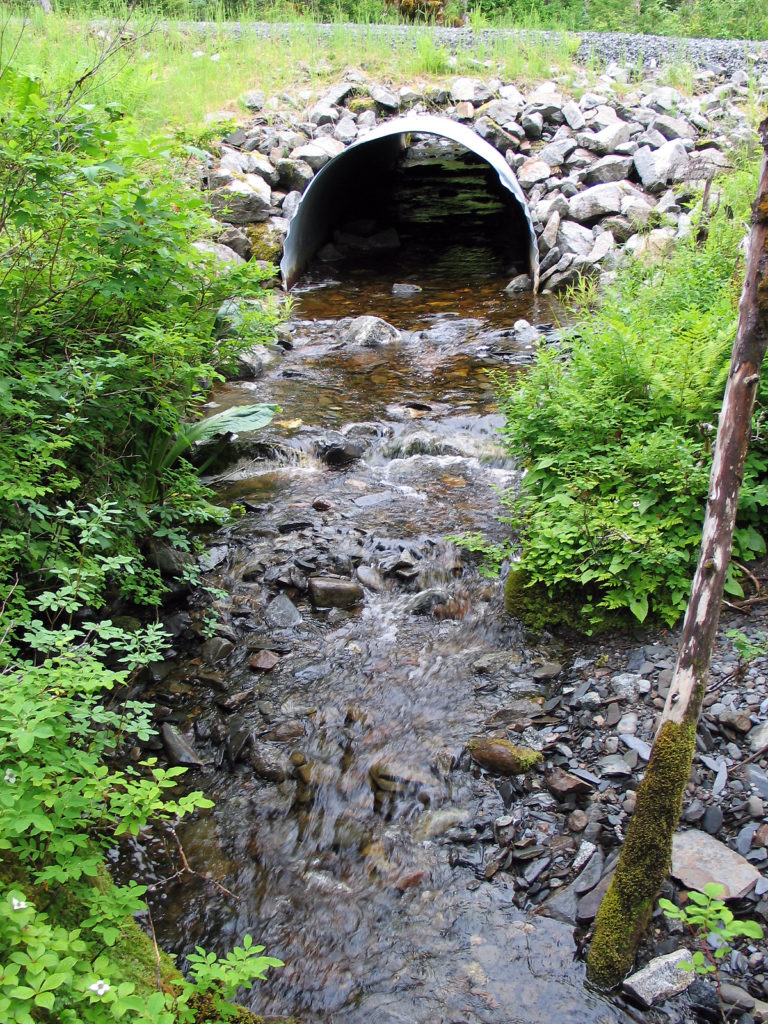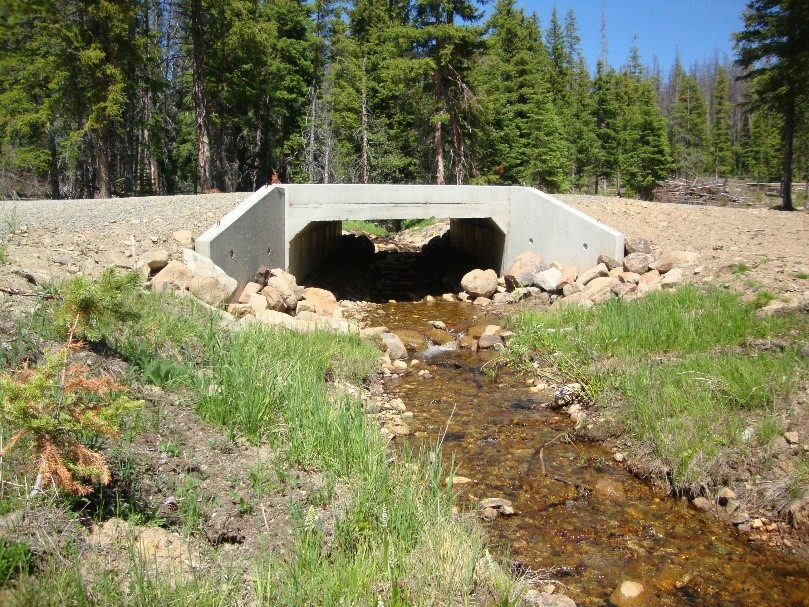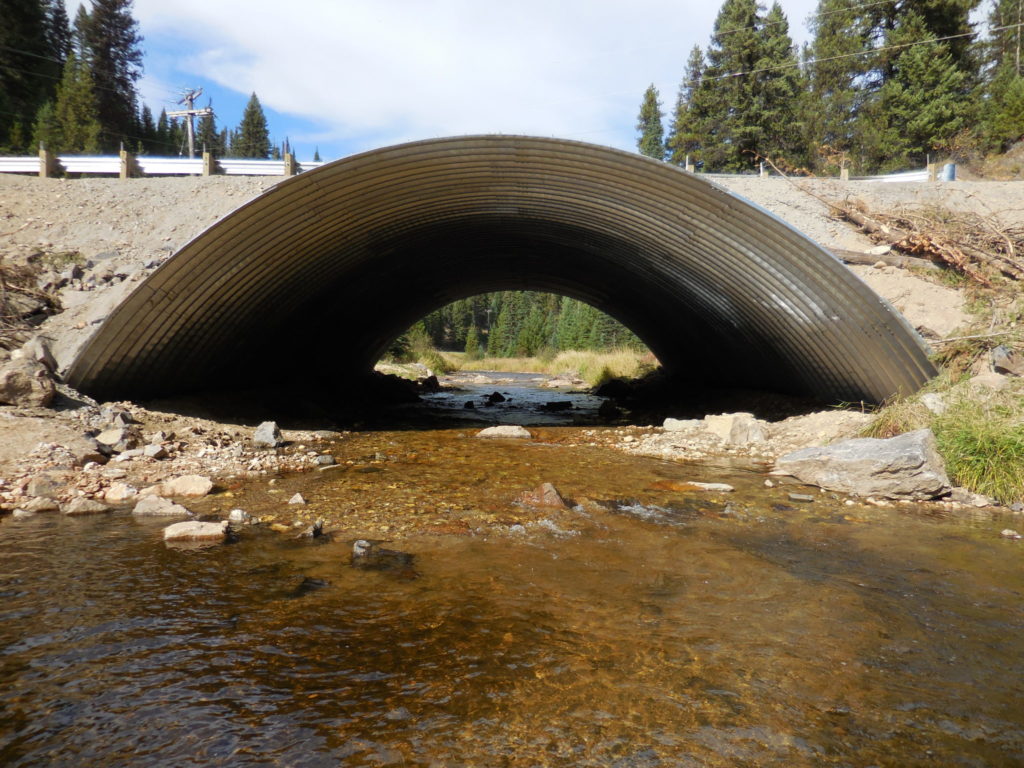Did you know that the U.S. Forest Service is a national leader in road crossing techniques to ensure aquatic organism passage? It’s true! They have been working on collaborative restoration projects to allow passage at irrigation diversions and small dams. In fact, they have improved technology and methods for aquatic passage for over 20 years.
The Restoration Work on Forest Highways and Irrigation Diversions are crucial for the ecological health of native aquatic and riparian species. By providing passage through road-stream crossings, we can ensure that these species can thrive and contribute to robust communities. The Forest Service has already restored over 1,000 miles of habitat since 2006 through federal highways funding.
But it’s not just the Forest Service working on these projects. They have major partners, such as the U.S. Fish and Wildlife Service and the U.S. Army Corps of Engineers, who collaborate to make these restoration efforts possible. The selection of projects is based on available funding and can take up to five years to complete, with an average cost of approximately $60,000.
If you’re interested in learning more about the Aquatic Organism Passage program and other restoration programs under the Forest Service, keep reading our article. We’ll dive deeper into the techniques used, funding sources, and monitoring methods to ensure the effectiveness of these projects.
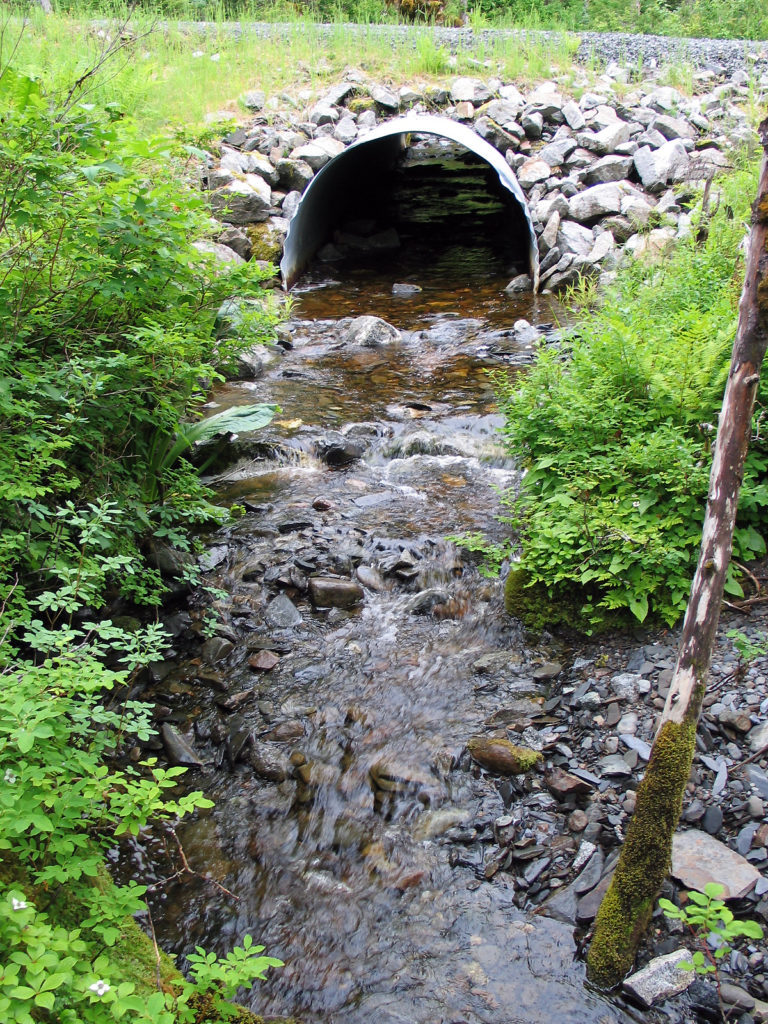
Collaborative Restoration Work on Forest Highways and Irrigation Diversions
The U.S. Forest Service is a national leader in road crossing techniques to ensure aquatic organism passage. Their expertise and dedication to conservation have made them instrumental in projects that allow passage at irrigation diversions and small dams. Through collaboration with state and county transportation agencies, landowners, and interest groups, the Forest Service conducts restoration work on forest highways, roads, and irrigation diversions.
The importance of providing passage through road-stream crossings cannot be overstated. It is crucial for the ecological health and sustainability of native aquatic and riparian species. Aquatic organism passage ensures that these species can freely move through and between bodies of water, allowing for genetic connectivity, access to new food sources and habitats, and overall population resilience. Restoring and maintaining these passage routes is essential for the long-term viability of aquatic ecosystems.
For over 20 years, the Forest Service has been at the forefront of improving technology and methods for aquatic passage. They have been actively engaged in developing and implementing effective techniques to remove barriers to movement and enhance natural flows. As a result, more than 1,000 miles of habitat have been restored since 2006, thanks to funding from federal highways.
Speaking of funding, the restoration work carried out by the Forest Service relies on a variety of sources. While federal contributions play a significant role, partnerships and collaboration with other organizations also contribute to the success of these projects. Major partners in aquatic passage efforts include the U.S. Fish and Wildlife Service, National Oceanic and Atmospheric Administration, U.S. Army Corps of Engineers, and many others. This collaborative approach ensures that resources and expertise are pooled together to achieve the best possible outcomes.
The magnitude of the challenge is undeniable. With at least 20,000 road-stream crossings potentially blocking access for aquatic species, project selection becomes a critical consideration. Available funding, in combination with the ecological significance of the site, determines which projects move forward. However, this process can take up to five years to complete, from conception to execution.
When it comes to cost, the average restoration project amounts to approximately $60,000. This includes the removal of barriers, such as dams or roads, or the enlargement of culverts and tide gates to allow for natural flows. While this cost may vary depending on the specific needs and characteristics of each project, the Forest Service remains committed to finding effective and cost-efficient solutions to enhance aquatic organism passage.
Monitoring and evaluation are crucial components of the restoration process. Various techniques are employed to assess the effectiveness of aquatic organism passage projects. These may include tracking the movement of species, water quality assessments, and overall habitat health evaluations. By continuously monitoring the outcomes, the Forest Service can adapt and refine their approaches, ensuring the long-term success of restoration efforts.
It is important to note that the Aquatic Organism Passage program is but one of several restoration programs under the umbrella of the Forest Service. Together, these programs contribute to the conservation and preservation of our nation’s forests and aquatic ecosystems. By addressing the challenges posed by road-stream crossings and irrigation diversions, the Forest Service demonstrates its dedication to environmental stewardship and the well-being of native species.
In conclusion, the collaborative restoration work on forest highways and irrigation diversions conducted by the U.S. Forest Service is commendable. Their expertise, partnerships, and funding sources have allowed for the restoration of vital habitat and the enhancement of aquatic organism passage. By ensuring the ecological health and sustainability of native aquatic and riparian species, the Forest Service plays a critical role in preserving our natural heritage for future generations. Through continued monitoring and evaluation, they strive to improve their techniques and expand their impact, making a lasting difference in the conservation of our forests and waterways.
